What Is the Value of Art in Society
The Importance of Art in Society and Economy.
![]()
Written by Rayden Sia, Edited by Rifqi Faisal, Researched by Ellysha Najwa and Managed by Edwin Goh.
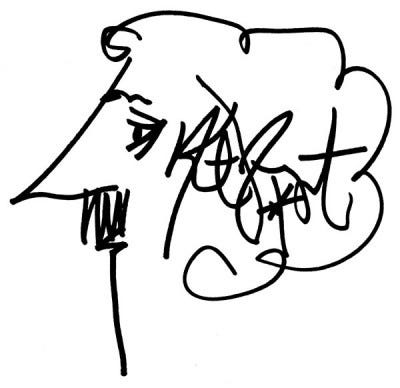
"The arts are not a way to make a living. They are a very human way of making life more bearable. Practicing an art, no matter how well or badly, is a way to make your soul grow, for heaven's sake. Sing in the shower. Dance to the radio. Tell stories. Write a poem to a friend, even a lousy poem. Do it as well as you possibly can. You will get an enormous reward. You will have created something."
Kurt Vonnegut, A Man Without a Country.
Humans have been creating art for as long as we have been around. Our ability to appreciate beauty, to spin stories, to write love songs and sad poems is uniquely human. Even in the most difficult of times, humans have turned to art to seek comfort and express their innermost desires. And in this time of Covid-19, racial tensions and broken dreams, art is ever more important.
Despite Malaysia ' s rich history of art and modern attempts to stimulate the industry, the arts have been sorely neglected. According to Cendana in their Kuala Lumpur As A Cultural And Creative City Report, factors such as the lack of systems to support the growth of the cultural economy, the underdeveloped culture of entrepreneurship across the sector and the shortage of effective support of the arts and cultural sector, among others pose huge challenges to the development of the Malaysian art industry.
To Malaysian students wishing to enter the field of arts, the biggest barrier is perhaps the widely held belief that creative education is not a realistic path for personal and professional development.
In short, the arts are not a money-making machine, and in the eyes of many parents, nothing is worse than having their children end up starving artists. Throughout this month, MYER will be tackling the big issues about art such as its importance in society and the economy, the state of art in education, and how we can better appreciate art. In this article, we'll be focusing just on the former.
The Importance of Art in Society.
In the past decade, as digital technology has developed, it has become much easier for people to create, distribute, and access art of all forms. As mainstream art has evolved to become less tangible, the benefits of art are anything but intangible.
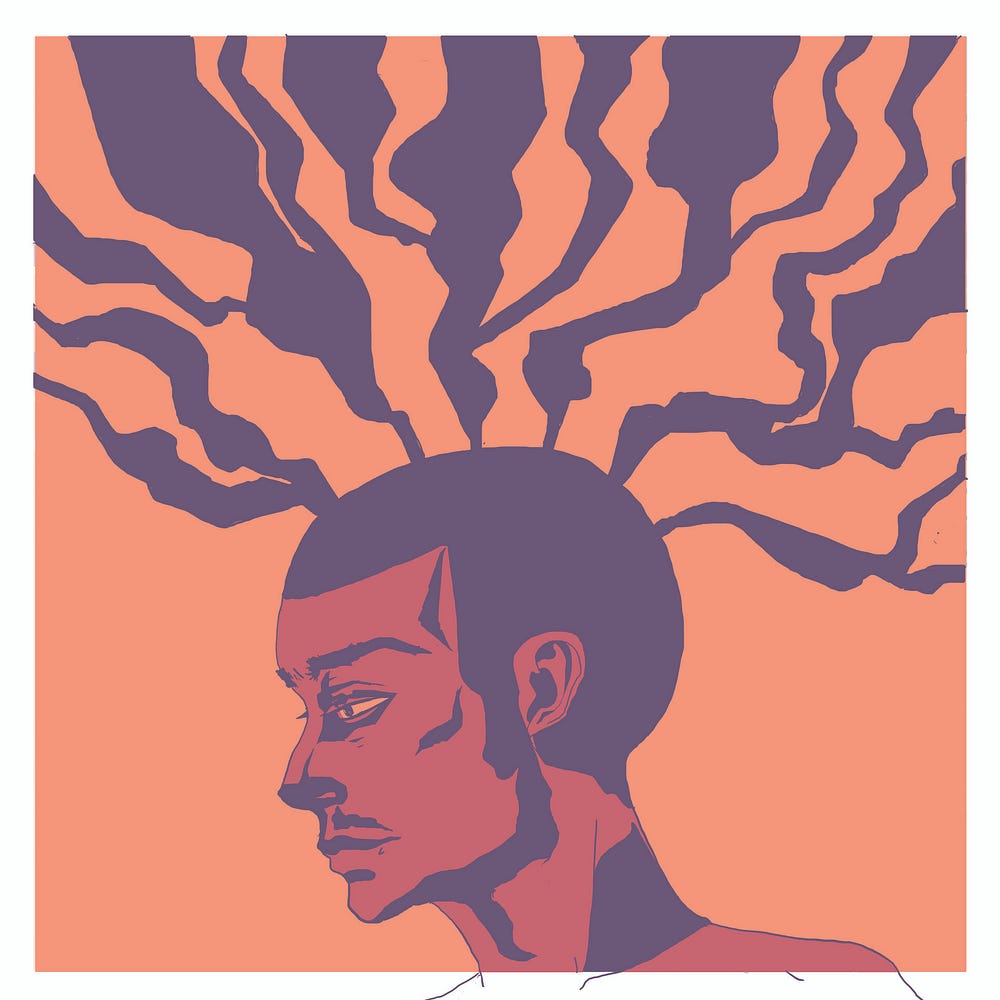
Research has shown that creating art for 45 minutes produced immediate benefits among test subjects in the form of reduced cortisol levels (a good measure for the experience of stress in humans). Numerous research articles have also related expressive writing, music and art to long-term improvements of health, reduction of negative emotions and enhancement of positive emotions, and therapeutic effects in reducing stress and anxiety among patients with serious health issues.
For students, art can be an invaluable tool for self-expression, better studying and stress reduction. Furthermore, research says that art is often used as a coping mechanism because of its ability to begin a healing process by self-expression when communicating with others can not.
Not everyone is a naturally gifted speaker or maths whiz, and not everyone has the capacity to excel in the STEM disciplines. The arts provide students with an avenue to exercise their creativity and explore off the beaten path. Students whose talents lie in the arts may feel neglected and forced against the wall when made to study a scientific syllabus.
By pursuing an arts-based education, these students may find their talents to be better utilized. After all, not all brains are created equal. For students already pursuing their studies in the STEM subjects, a 2014 study concluded that arts-integrated instruction was significantly more effective than conventional teaching methods in helping students, particularly basic readers to retain scientific lessons. These results were further enforced in a 2019 study by the same author. All students regardless of talents or background can definitely benefit from the stress-reducing effects of arts education.
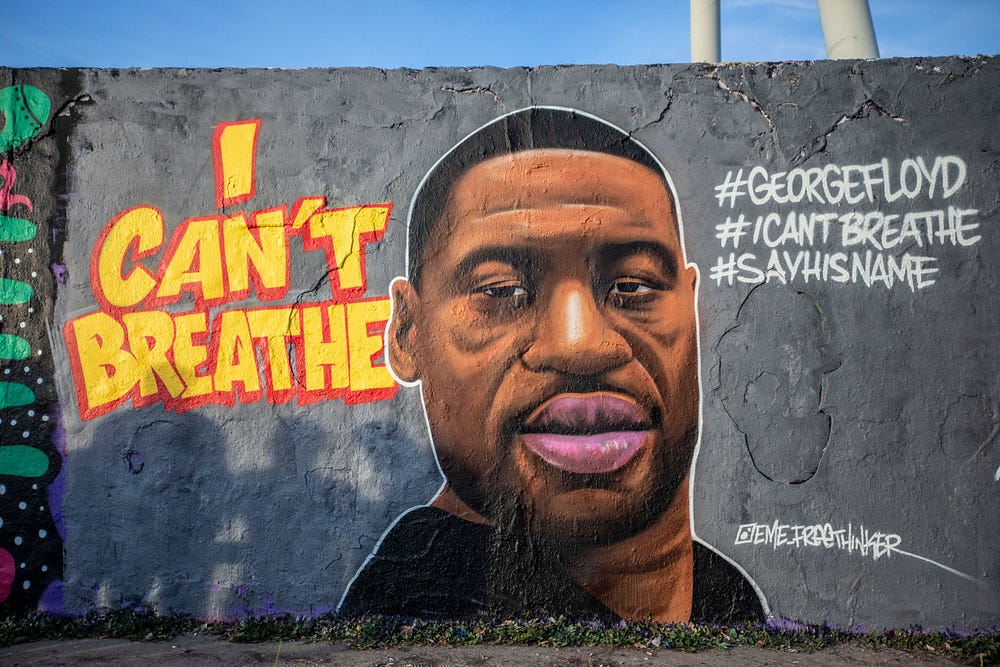
The arts have also been the medium of choice for promoting social change . Artists with huge followings are capable of instigating change on a global scale. This is especially important during periods of social fragility and unrest. The fight against racism, sexism and homophobia has been greatly aided by positive representations of minorities in popular media such as creative writing, movies and music. In times of social crises like the death of George Floyd, graffiti has been plastered on countless walls to express grief and sadness over his death and to serve as a reminder of the problems of the American judiciary system.
Humans may not all speak the same language, but we all understand the language of beauty, music and poetry. Documentaries provide important visual imagery that enables us to empathize with and better understand their subjects. For example, Al Gore's acclaimed documentary, An Inconvenient Truth has been credited for raising international public awareness of global warming, changing public opinion on the matter and bringing it to the forefront of mainstream discussion.
Furthermore, the arts can bring communities together by reducing isolation and making people feel safer. They have been shown to increase empathy towards others, thus reducing social tension and discrimination. A 2014 evidence review by Arts Council England showed that "There is strong evidence that participation in the arts can contribute to community cohesion, reduce social exclusion and isolation, and/or make communities feel safer and stronger." The same review also indicated that "Culture and sport volunteers are more likely than average to be involved and influential in their local communities." They also found that "High-school students who engaged in the arts at school are twice as likely to volunteer than those who don't engage in the arts and are 20 percent more likely to vote as young adults."
When it comes to protests against injustice, the arts can be an invaluable weapon. Sometimes, more memorable than the protests themselves is the imagery associated with the protests. Though the exact details of protests and activism may fade from our memories, their symbols endure. Take for example the rainbow flag that has become the banner of the LGBTQ+ acceptance movement, the pink ribbon that has come to symbolize the fight against breast cancer, and the raised fist that has become one of the most recognizable logos of the Black Lives Matter movement.
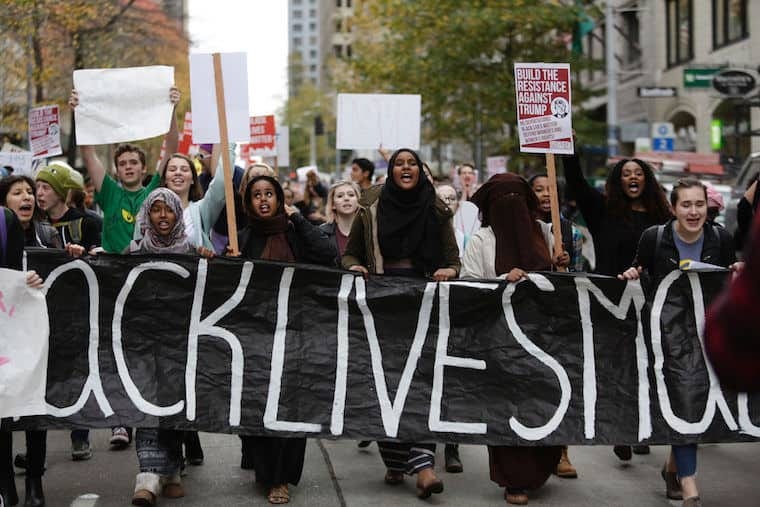
No matter where you stand on these matters, it is undeniable that these symbols have become a part of our collective awareness. The same can be said for music. Since 1982, hip hop music has been associated with protest. Modern hip hop deals with issues such as police brutality, systematic racism and political disagreement. Since its release, the success of the 1985 charity single "We Are the World" succeeded in raising over $147 million in present-day currency for humanitarian aid in Africa and the US.
The Importance of Art in the Economy.
For many, the most daunting challenge in pursuing a career in the arts is the prospect of financial instability. As of 2016, 2.1% of Kuala Lumpur's total population was employed in the cultural and creative industry, contributing to 2.4% (RM11.2b) of KL's total GDP. According to the UNCTAD report CREATIVE ECONOMY OUTLOOK: Trends in international trade in creative industries 2002–2015, the size of the global market for creative goods has expanded substantially more than doubling in size from $208 billion in 2002 to $509 billion in 2015.
In 2015, four of the top ten exporters of creative goods worldwide were from Asia, with China leading by a wide margin. Worldwide, the creative economy employed nearly 30 million people and generated $2.25 trillion in revenue, making up 3 percent of the world's GDP. The Cendana report cites Kuala Lumpur as a burgeoning global creative hub. With an ethnically diverse and growing international population of 7 million, the city has the potential to compete with other urban and developing cities of Southeast Asia as a major centre for trade, innovation and culture.
In 2004, the Malaysian Digital Economy Corporation (MDEC) set out to achieve the daunting goal of producing an expansive animated world with Saladdin: the Animated Series. Though this did not pan out as expected, other efforts such as Les' Coqaque's long-running Upin and Ipin series, Animonsta Studios' BoBoiBoy and WAU Animation's Ejen Ali have not only appealed to the Malaysian market but even penetrated the Singaporean, Indonesian, and Bruneian markets. Notably, Ejen Ali: The Movie, produced by MDEC with the support of Primeworks Studios in collaboration with Wau Animation achieved its targeted RM20 million in only 14 days of screening.
The movie has surpassed BoBoiBoy Movie 2 after 43 days to be the highest-grossing Malaysian animated film. Ejen Ali: The Movie was made on a budget of RM5.5 million and financed hundreds of jobs in the Malaysian creative industry.

Besides, the benefits of a country's growing arts and cultural industry also spillover into its tourism industry. In 2018, Ipoh was featured on The New York Times as a city to travel to. The article highlighted the murals of Lithuanian artist Ernest Zacharevic, who had also done work in Penang's Georgetown, as one of the main draws of the city. The recent boom of uniquely furnished and very 'Instragrammable' hip cafes all over the city was cited as the main reason for its emergence in the global spotlight.
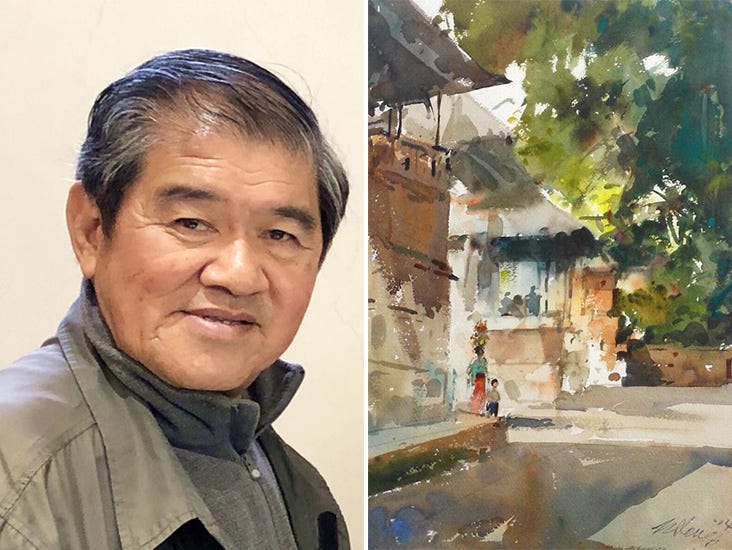
This proves that the interior design and architectural merit of a building is just as important as its structural soundness. Georgetown in Penang has also been a top travel destination for visitors coming to Malaysia. The town's characteristic blend of diverse cultural elements, its architectural heritage and modern street art installations have been attracting tourists for years. Artist Ong Kim Seng's art career proves that art is able to posses economic value and it doesn't always have to be just-a-hobby.
According to the Malaysia Tourists Profile 2018 By Selected Market, shopping has been the biggest tourist expenditure component since 2015. The top shopping items purchased by tourists include handicrafts/souvenirs, apparel/clothing, and foodstuff. 98.8% of tourists report purchasing handicrafts while 96.2% of tourists reported purchasing apparel during their travels in Malaysia. This shows that there is still a market for traditional Malaysian crafts such as batik, jewelry, and earthenware.
Thus, it is clear that there is immense potential in the Malaysian arts and cultural industry. Perhaps the biggest issue Malaysian artists face is not the lack of demand, but rather the lack of strategic, structural and regulatory systems to propel the growth of the economy.

A recent example would be Malaysian singer-songwriter Yuna's recounting of her experience meeting with a Malaysian label executive to market her English songs. The label executive in question turned down her request to help market her English songs and proposed that she record an album consisting of 9 Malay songs and 1 English song because he believed that no one would want to listen to her English music. She then went on to sign a deal with Fader Label, an independent record label based in New York City. She became the first and only Malaysian singer to be listed on the US Billboard Top 10 R&B Chart.
According to CENDANA, "The creative industry in Malaysia has a reputation as a low-income generator compared to other fields of work." This is due in part to poor marketing and promotion of the arts. Many new artists are relying solely on social media to promote their work. Far too often, Malaysian talent goes undiscovered. Perhaps with formalized support and regulatory systems, more Malaysian artists can be taken into the mainstream, as music labels become more dynamic and less risk-averse due to guaranteed support from the systems in place.
The Future of Arts in Malaysia — Why you should be a part of it.
It would seem that, with the proper regulatory support, the arts can become an attractive field for talented Malaysians. CENDANA has identified 5 main building blocks for Kuala Lumpur's cultural and creative economy. These include:
- Improving cultural and creative education to produce a creative workforce.
- Creative hubs and infrastructure.
- Nurturing the creative market.
- Business support & investment.
- Creative place-making, livability and tourism.
With concerted action requiring a mix of public and private sector investment and management, Malaysia's art industry may just one day claim a prominent place in the global cultural and creative landscape. To the youths of Malaysia, don't give up just yet on your dream of dedicating your life to the creative arts. There is limitless potential in the Malaysian arts industry just waiting to be discovered. The world isn't in short supply of stock traders or bankers, but we could definitely do with more artists.
References
- https://www.cendana.com.my/clients/Cendana_78A7CADC-1C4A-44E8-A815-E2B4C1D11FE0/contentms/img/Documents/CendanaReport_Option%202_FA_For%20Web(190220).pdf
- https://www.tandfonline.com/doi/full/10.1080/07421656.2016.1166832
- Pennebaker, J. W. (1997). Writing about emotional experiences as a therapeutic process. Psychological Science, 8(3), 162–166. doi:10.1111/j.1467–9280.1997.tb00403.x
- Puig, A., Lee, S. M., Goodwin, L., & Sherrard, P. A. D. (2006). The efficacy of creative arts therapies to enhance emotional expression, spirituality, and psychological well-being of newly diagnosed Stage I and Stage II breast cancer patients: A preliminary study. The Arts in Psychotherapy, 33(3), 218–228.
- Reynolds, M. W., & Lim, K. H. (2007). Contribution of visual art-making to the subjective well-being of women living with cancer: A qualitative study. The Arts in Psychotherapy, 34(1), 1–10. doi:10.1016/j.aip.2006.09.005
- https://onlinelibrary.wiley.com/doi/abs/10.1111/mbe.12053
- https://www.sciencedirect.com/science/article/abs/pii/S2211949317300558
- https://onlinelibrary.wiley.com/doi/abs/10.1111/1467-6494.05020
- https://pubmed.ncbi.nlm.nih.gov/19356836/
- https://pubmed.ncbi.nlm.nih.gov/23460800/
- https://psmag.com/news/arts-education-reduces-stress-level-of-low-income-students
- https://theconversation.com/ten-years-on-how-al-gores-an-inconvenient-truth-made-its-mark-59387
- https://www.nydailynews.com/archives/news/message-bronx-history-rap-city-article-1.576580
- https://www.artscouncil.org.uk/sites/default/files/download-file/Value_arts_culture_evidence_review.pdf
- https://unctad.org/en/PublicationsLibrary/ditcted2018d3_en.pdf?utm_source=UNCTAD+Media+Contacts&utm_campaign=875ac4f507-EMAIL_CAMPAIGN_2019_01_14_04_27&utm_medium=email&utm_term=0_1b47b7abd3-875ac4f507-70372113
- https://mdec.my/blog/?p=83
- https://www.malaymail.com/news/showbiz/2020/01/11/ejen-ali-reaches-historic-milestone-of-rm30-million-in-just-6-weeks/1826917
- https://www.imdb.com/title/tt9020536/companycredits?ref_=tt_dt_co
- https://www.nytimes.com/2018/02/28/travel/ipoh-malaysia-tourism.html
- https://sg.news.yahoo.com/just-malay-music-yuna-recounts-102421124.html
- https://www.ncbi.nlm.nih.gov/pmc/articles/PMC2804629/
What Is the Value of Art in Society
Source: https://myermovement.medium.com/the-importance-of-art-in-society-and-economy-f80e18b299ef
0 Response to "What Is the Value of Art in Society"
Post a Comment